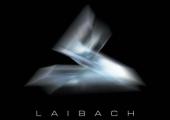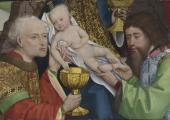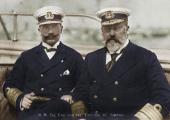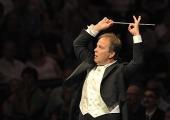Renaissance Impressions, Royal Academy

Georg Baselitz’s extraordinary collection of 16th-century woodcut prints
Georg Baselitz might seem an unlikely connoisseur of 16th-century prints, but since the Sixties the controversial German artist has amassed a collection of chiaroscuro woodcuts to rival that of any museum. His interest in Renaissance prints emerged while on a scholarship to Florence, where he studied the work of Mannerist painters like Parmigianino, one of the earliest artists to realise the full potential of chiaroscuro woodcut, both as a highly expressive medium and as a means of transmitting his ideas.









